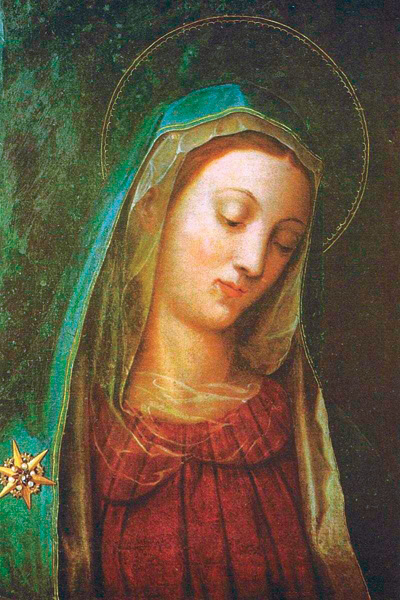
Prayer
Virgin most holy, Mother of the Word Incarnate,
Treasurer of graces and Refuge of sinners;
we fly to your motherly affection with lively faith,
and we beg of you the grace to do the will of God.
Into your most holy hands we commit the keeping of our hearts,
asking you for health of soul and body, in the certain hope that you,
our most loving Mother, will hear our prayer.
Therefore with lively faith we say:
“Hail Mary…” (three times)
There have been miraculous images of Mary since the beginning of the Catholic Church, some of the very first ones, according to tradition, having been painted by St. Luke the Evangelist. Since the earliest times, thousands of pictures and statues of the Blessed Virgin Mary have been carved, painted, or fashioned in some way, by all kinds of different people from around the world. Some of these pictures become famous, usually due to some form of miraculous intervention. One such picture is Our Lady of Grace, also known as Our Lady of the Bowed Head, in the monastery church of the Carmelites in Vienna, Austria.
A Carmelite monk, Venerable Dominic of Jesus and Mary, found it in Rome in 1610.
Father Dominic of Jesus and Mary was born in 1559. He became a Carmelite at an early age, but desiring to live a stricter life, he joined the Discalced Carmelites founded by St. Teresa of Avila, and became its fifth general. He was looking over an old broken-down house which he wanted to convert into a Carmelite monastery. Fr. Dominic walked around the outside of the house and passed by a pile of garbage, but paid no attention to it.
But as he entered the house and started looking over the rooms, suddenly he felt the urge to go back to the pile of garbage. Lighting his lantern, the good priest took a closer look at the heap. Suddenly his eyes fell upon an old oil painting of the Blessed Virgin Mary! He was shocked! “Who would throw a beautiful picture of Our Lady in the garbage?” he wondered. Then Fr. Dominic apologized to Mary, “I am sorry, dear Mother, that someone has treated your image in such a terrible manner. I will take it back to the monastery with me and fix it up, and I will give you the homage which you so rightly deserve.”
After returning to the monastery, Dominic cleaned the picture and repainted the damaged parts. Now he could hang the picture up in his cell and give Holy Mary the devotion and attention which she deserved. He prayed to the Madonna with great confidence, asking her for many graces and blessings. One evening when he had just finished sweeping his cell, Fr. Dominic noticed that the picture of Our Lady had some dust on it. He was crushed. “Oh, I’m terribly sorry, my dearest Mother!” he exclaimed. “I humbly beg your pardon for forgetting to dust your picture.” Then taking out his handkerchief he began to dust the picture, saying, “O purest and holiest of Virgins, nothing in the whole world is worthy to touch your holy face. Dear Mother, I only have this coarse, old handkerchief and I beg of you to please accept my good will in dusting your image.”
Fr. Dominic continued dusting the picture of Mary, when suddenly the face of Our Lady came to life! She smiled at the holy priest and nodded her head as a sign of thanksgiving.
Dominic was afraid that what he was seeing was a trick of the devil. But Our Lady cleared up his doubts, saying, “Fear not, my son, for your request is granted!” (Dominic had earlier requested a favor of her.) “Your prayer will be answered and will be part of the reward which you will receive for the love that you have for my Son Jesus and myself. Now, Dominic, I want you to ask me with all confidence, whatever favor you would like me to give you.” The holy monk then fell upon his knees. “O my dear Mother, I offer myself entirely to you and to your dear Son Jesus, and I desire to do anything that you and Jesus will ask of me. O my Lady, I know that the soul of a benefactor is suffering in Purgatory. Would you please be so kind as to deliver this soul from the fires of Purgatory?”
“Dominic, my son,” Our Lady encouraged, “I will deliver this soul from Purgatory, if you will make many sacrifices and will have many Masses offered for this soul.” Then the apparition of Mary faded away.
The good monk hurried to do as Our Lady had asked. Some time later, when all had been completed, he knelt again before the miraculous painting of Our Lady. Suddenly Mary appeared to him again, but this time she appeared with the soul of the special benefactor, whom she had delivered from Purgatory. The benefactor was grateful. “Thank you, Fr. Dominic, for helping to release my soul from the fires of Purgatory with your prayers and sacrifices,” he said.

The Mother of Grace, or Our Lady of Grace, also known as Our Lady of the Bowed Head, in the Carmelite monastery church in Vienna, Austria (shown above over the prayer)
“Dominic,” Our Lady encouraged, “I would like you to ask me for more favors and blessings. I am the Mother of God and I delight in helping my children to obtain graces for their salvation.” Fr. Dominic thought for a moment and then spoke, “Dear Mother, would you please be so kind as to listen mercifully to the prayers of all those who will honor your image and ask for your help.” Our Lady replied, “All those who ask for my protection and honor this picture with devotion will obtain an answer to their prayers and will receive many graces. Moreover, I will pay special attention to the prayers which are offered to me for the relief of the souls in Purgatory.”
The vision of Our Lady soon disappeared and Fr. Dominic thought about what he should do. “Our Lady made her promises to all who would honor and pray to her before this miraculous image. Therefore, I can no longer keep this holy picture in my cell. I must have it put in a church where the people can honor it.”
He then took the picture and had it placed in the Oratory of St. Charles, which was attached to the Church of Santa Maria alla Scala in Trastevere, Rome. Many people came to pray before the picture of Our Lady, and it became a source of many graces and blessings. The holy image remained at the Oratory until Fr. Dominic’s death, which occurred in Vienna on February 16, 1630. Some copies of the miraculous picture were painted and soon they were honored in many places.
Maximilian, the Duke of Bavaria, had been one of Dominic’s good friends and also a friend of the Carmelites. One day he asked Fr. Nicholas, the vicar general of the Carmelite Order, if he could borrow the miraculous image of Mary. The priest said he could borrow it, and the Duke was overjoyed. Arrangements were made, and Br. Anastasius of St. Francis was chosen to take the holy picture to Munich, Germany. He had been Fr. Dominic’s traveling companion for over 15 years, and was most worthy of this honor. On August 7, 1631, Br. Anastasius also wrote and signed a special document recording all the things Dominic had told him about the miraculous picture and all the miracles related to it.
The Duke of Bavaria took the miraculous picture when it arrived in Munich and kept it for a while. He then gave it to the Carmelite priests in Munich, who received it with great joy. Some time later, in 1631, the Carmelites loaned it to Emperor Ferdinand II. He was a very generous man who founded the Carmelite monasteries in Prague and Vienna. The Emperor and his wife, Empress Eleanor, were delighted when the picture of Our Lady arrived at the palace. They placed it in the palace chapel and had it richly adorned in a splendid fashion. Thus, they honored the Queen of Heaven in a most glorious manner, a manner that she so much deserved. The Emperor had great confidence in “Our Lady of the Bowed Head,” and always begged her to help him with all his difficulties.
Ferdinand loved the Most Blessed Virgin very much and he is even supposed to have taken the picture with him every time he had to travel somewhere. Time passed, and one day the good Emperor died. Empress Eleanor then joined the monastery of Carmelite nuns which she and her husband had founded in Vienna. The miraculous picture of Our Lady was also transferred to the monastery, and Eleanor placed it in the chapel over the main altar.
When the Empress died in June 1655, the picture was given back to the Carmelite Fathers. Now the picture was back in a public church where people could pray before this miraculous image of Our Lady. Soon crowds of people were coming to pray before the holy picture. Our Lady did not forget her promise. Souls were comforted or released from Purgatory, people were cured, and sinners were converted. In time, a new church and monastery were built, and on December 14, 1901, the miraculous image of Our Lady was transferred to its new place of honor. Benefactors had built a beautiful altar in honor of Our Lady of the Bowed Head and the holy picture was placed at this altar. From here it can still be venerated by devotees and pilgrims. On September 27, 1931—the 300th anniversary of its arrival in Vienna—it was solemnly crowned by Pope Pius XI. The church can be found in Silbergasse, 35, Vienna, Austria.

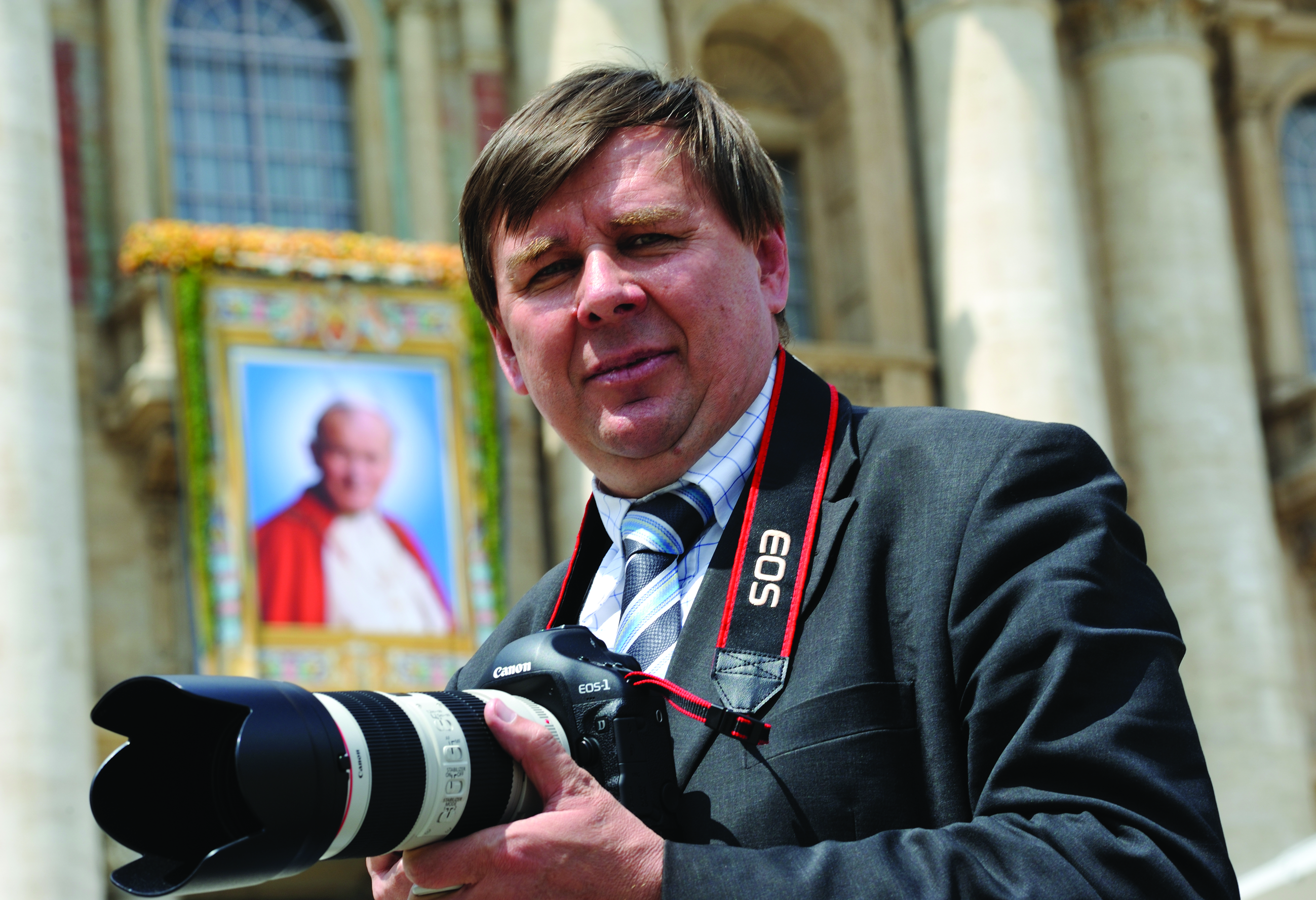
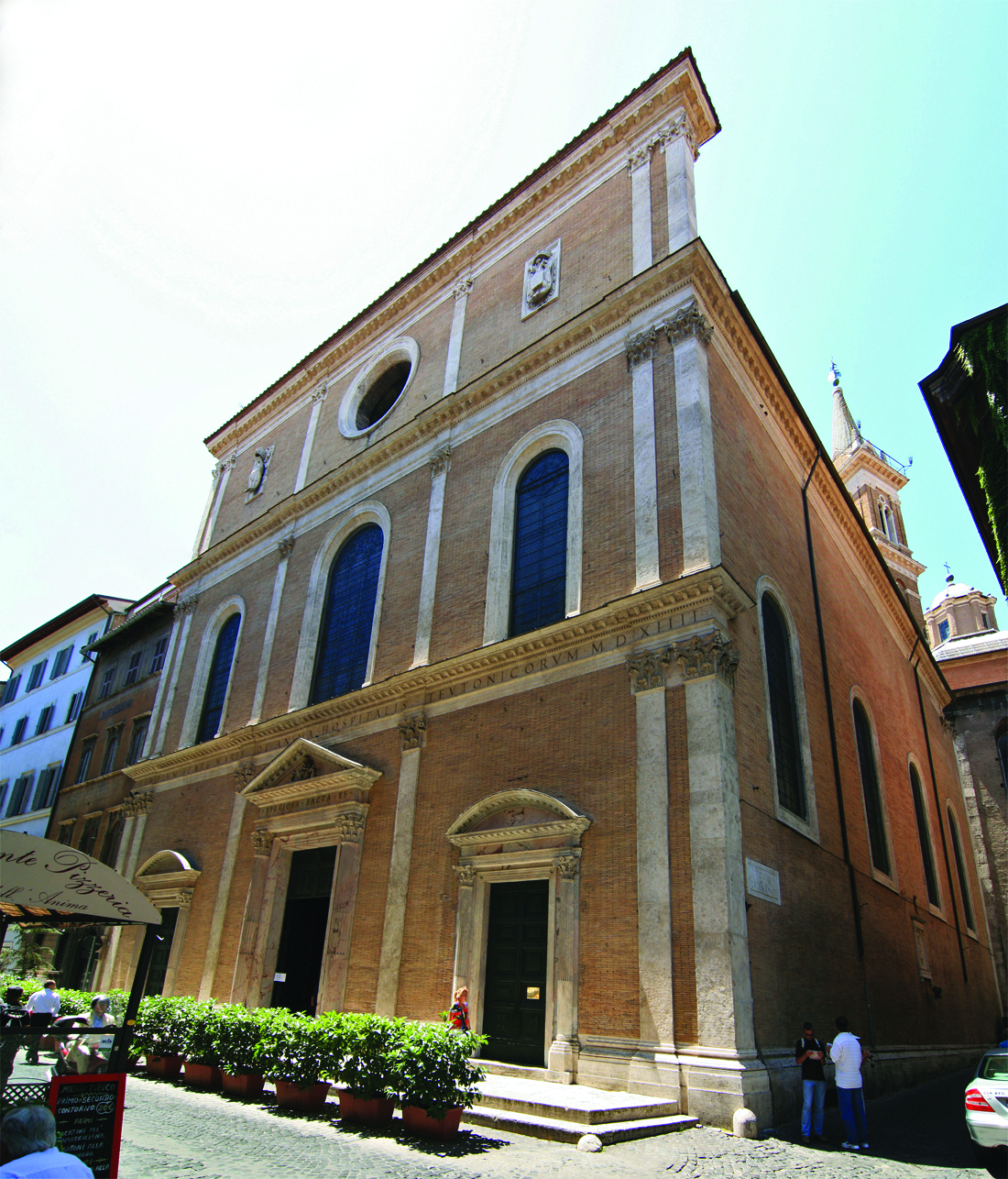
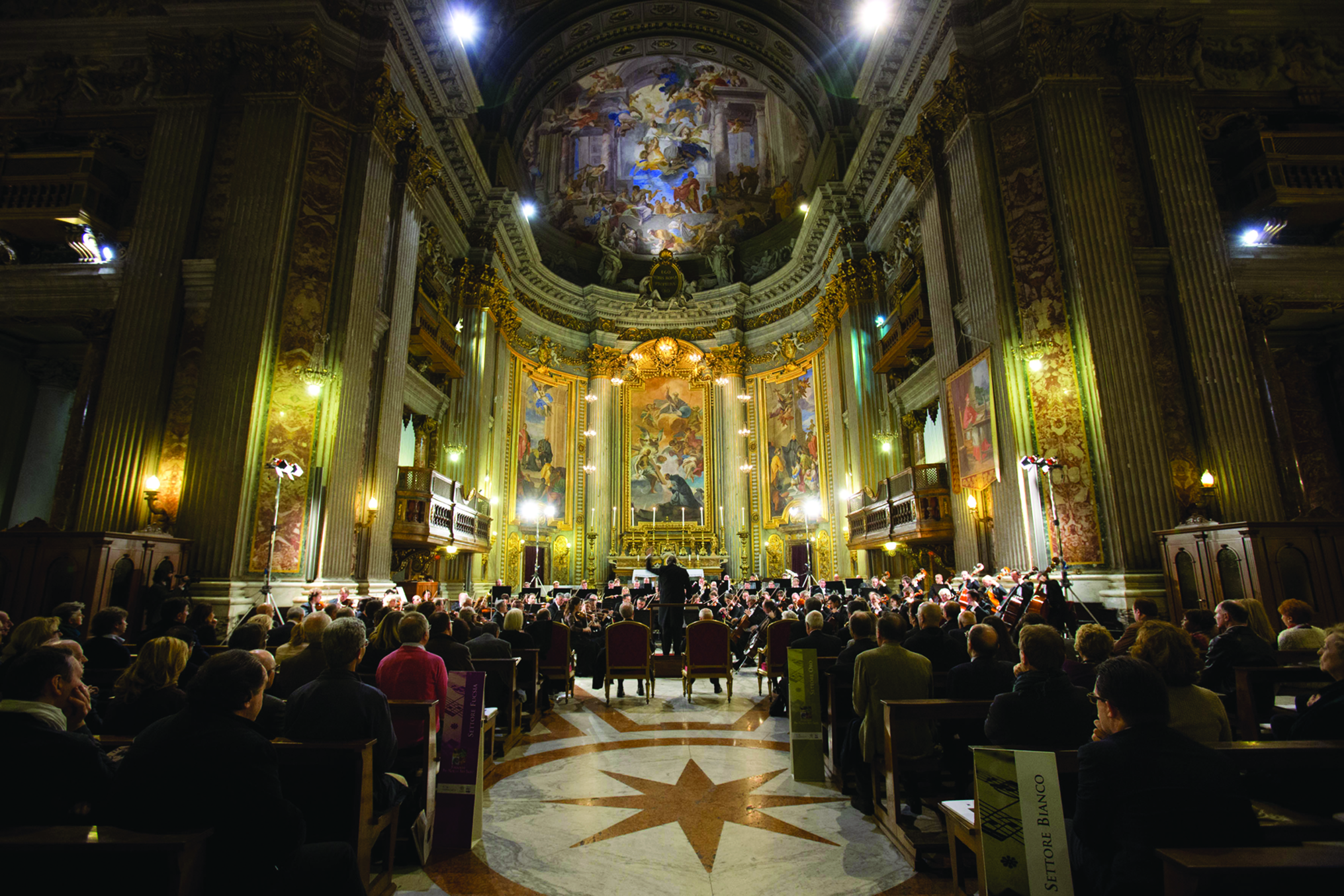
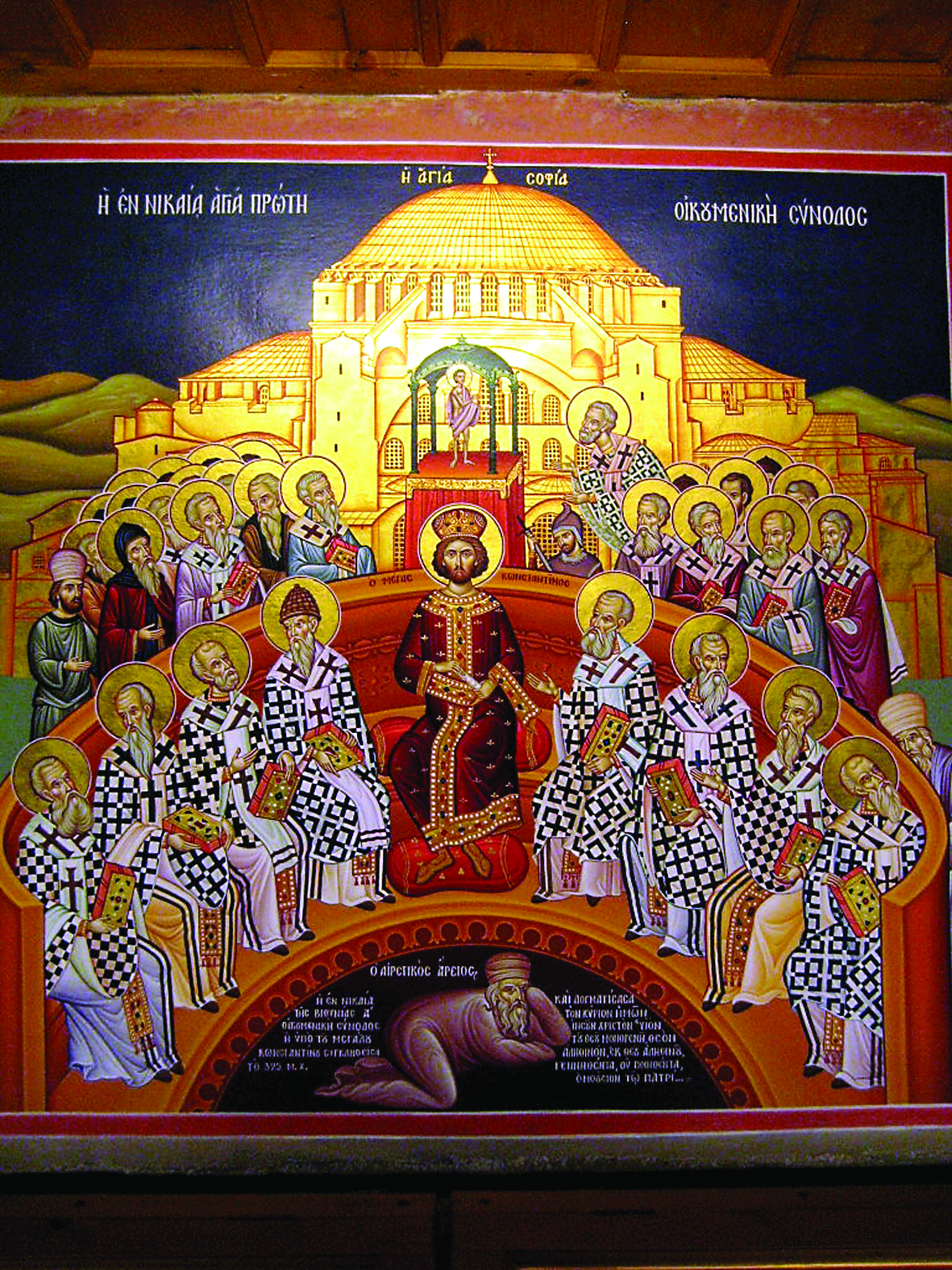
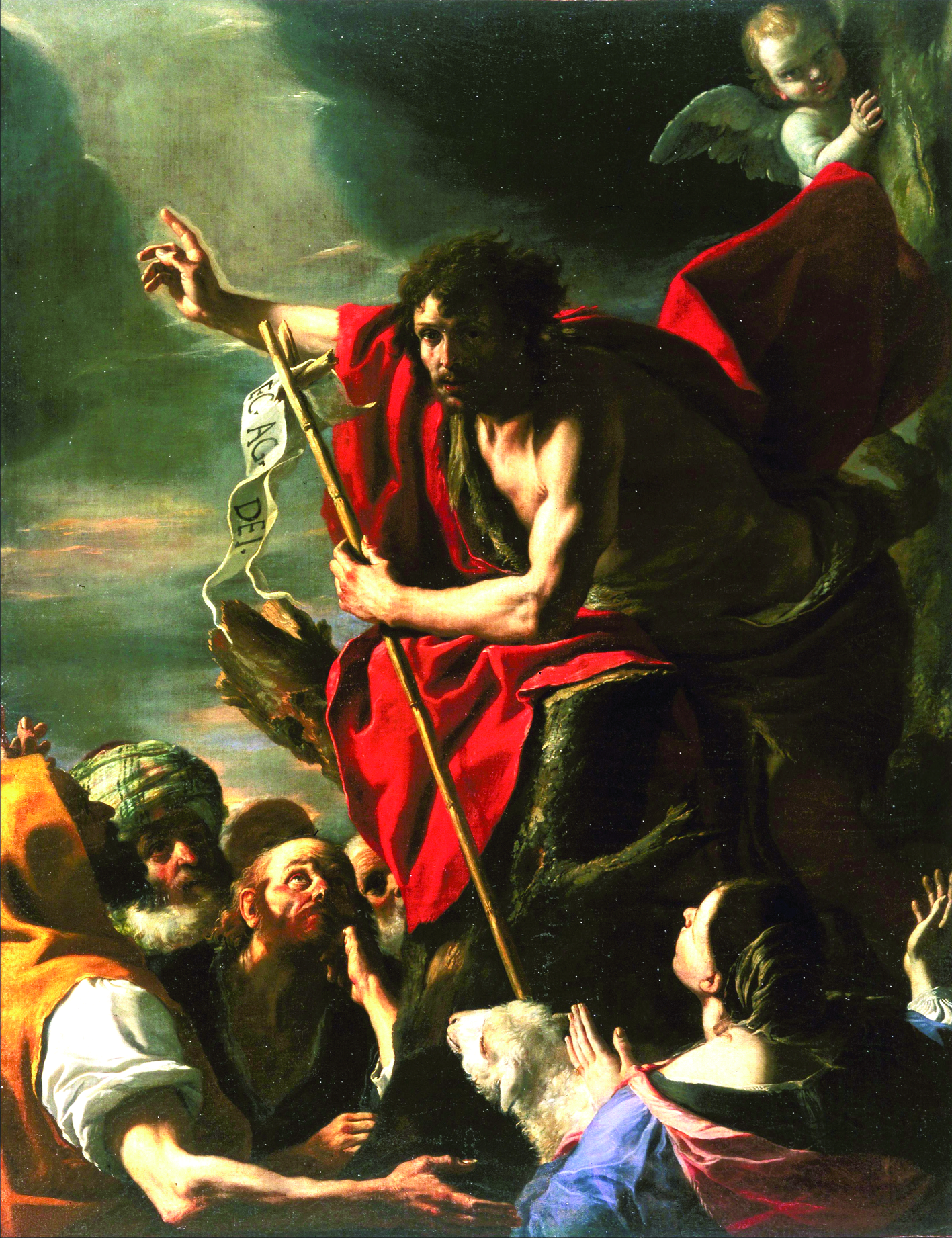
Facebook Comments